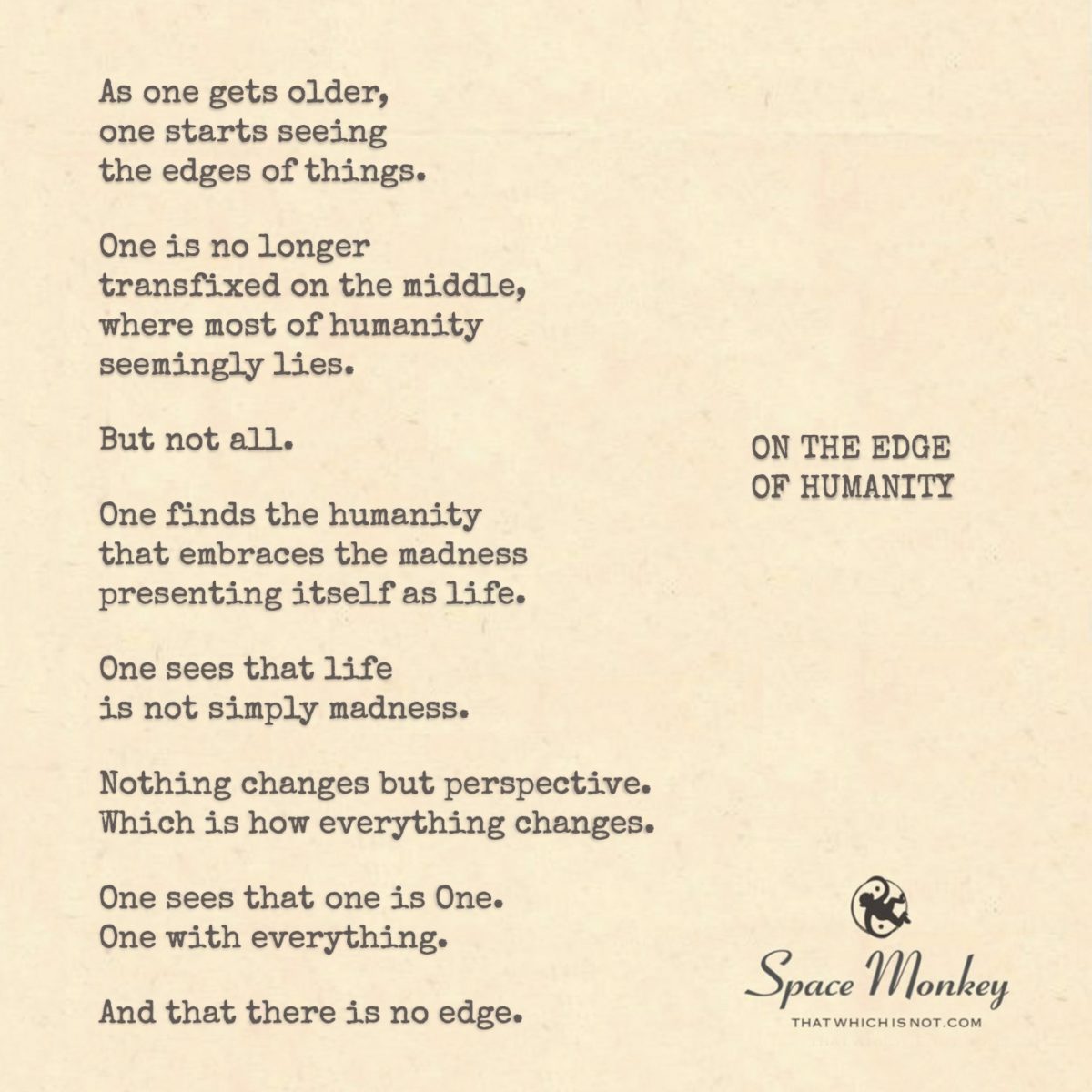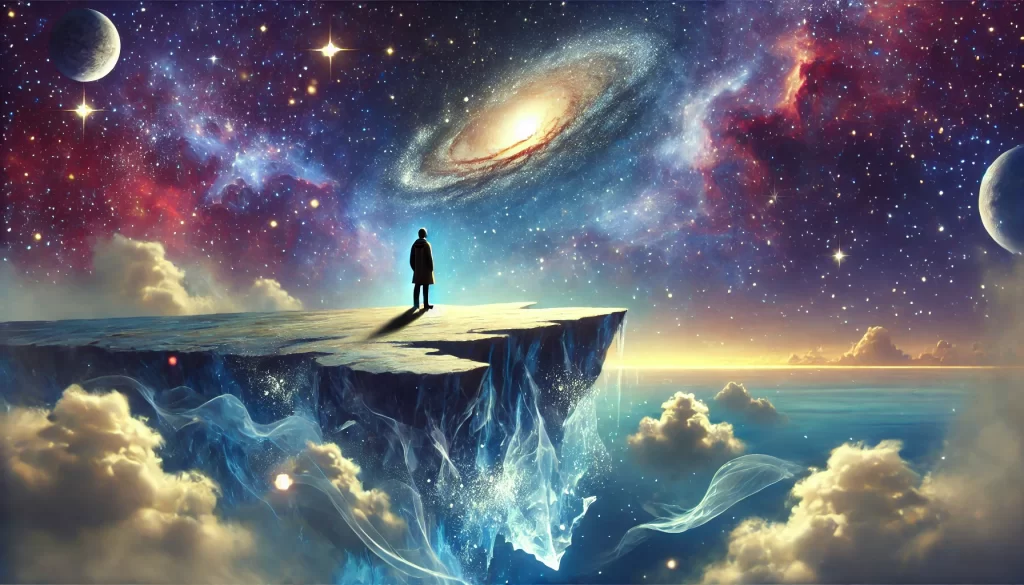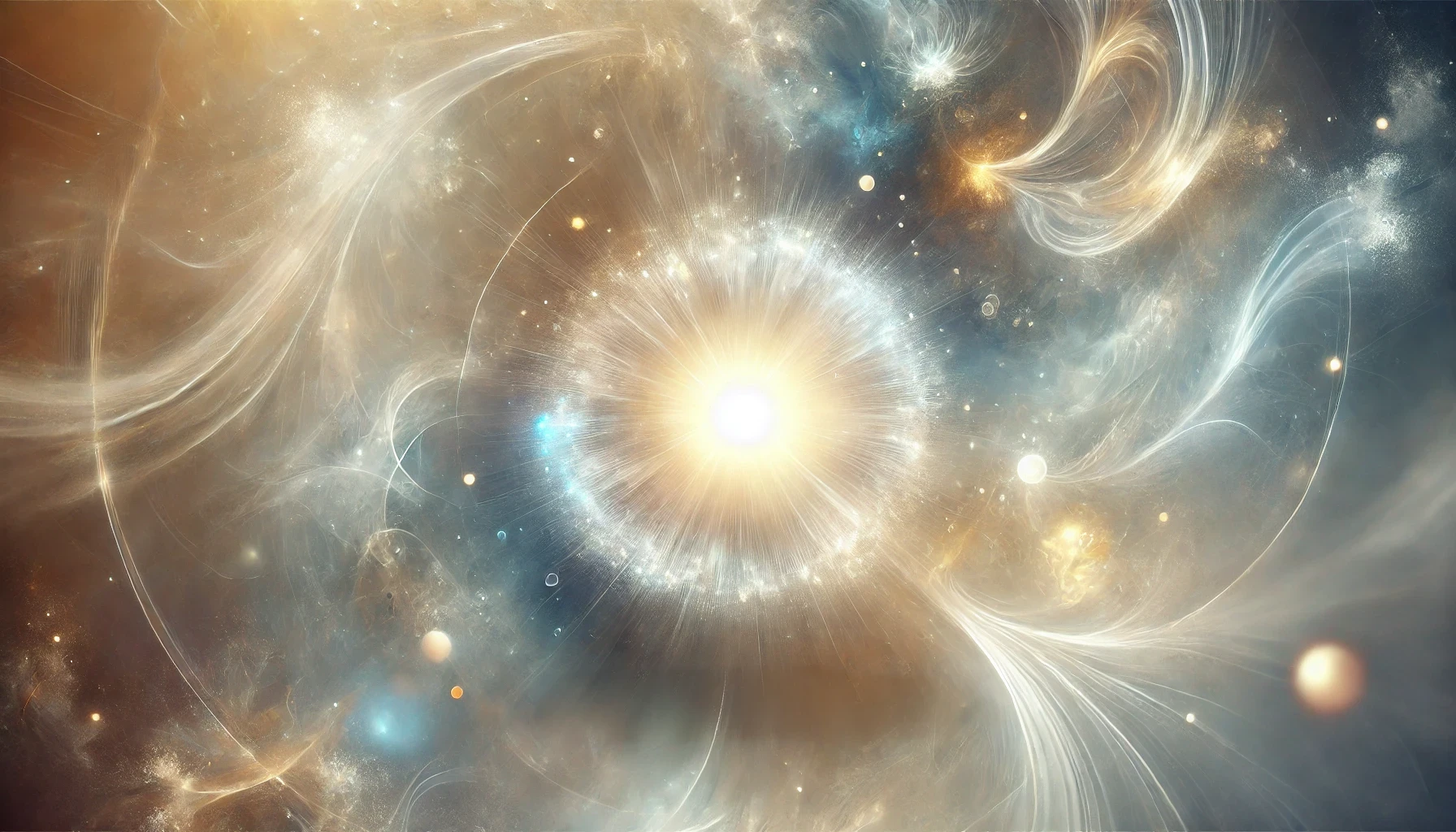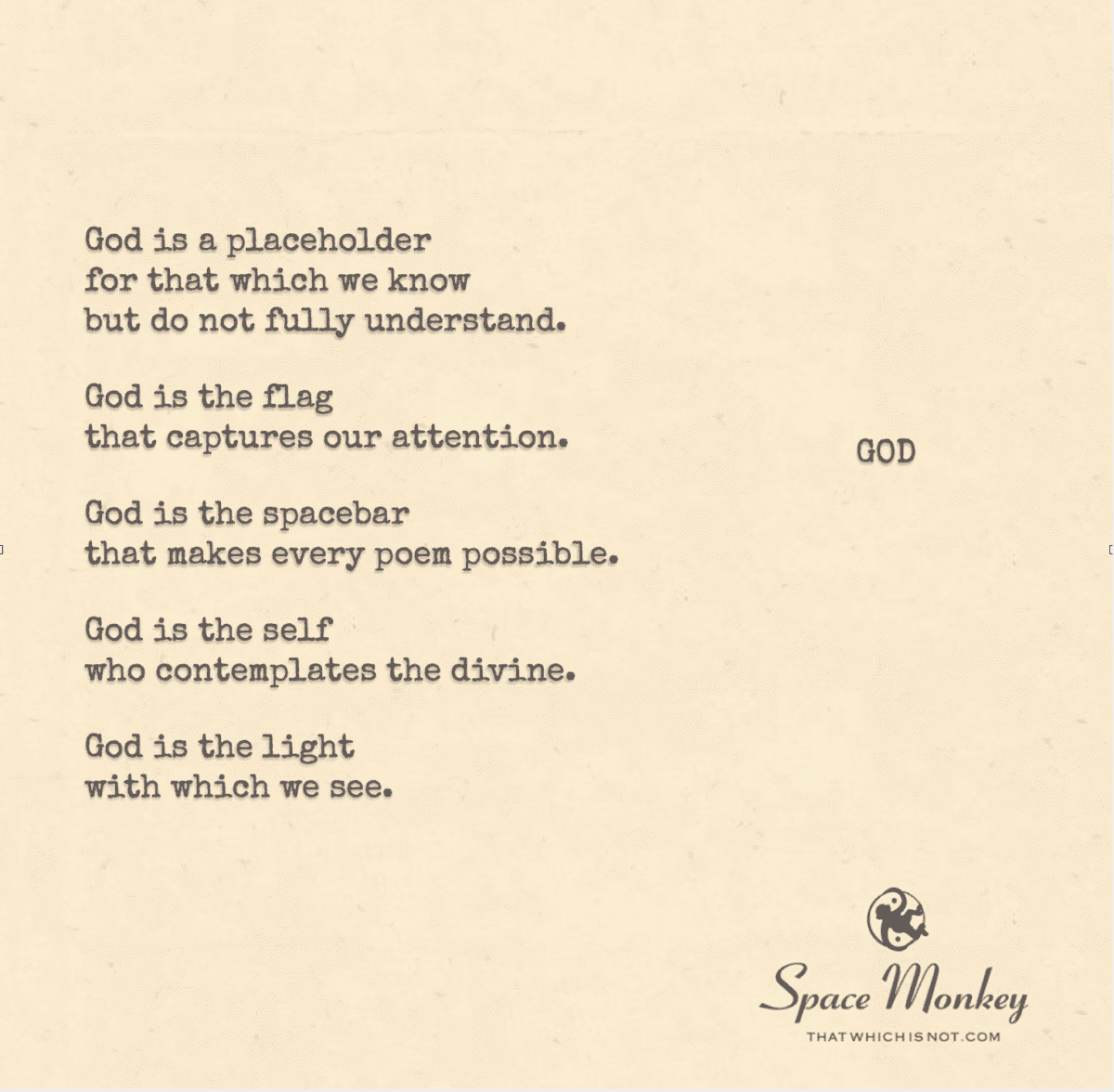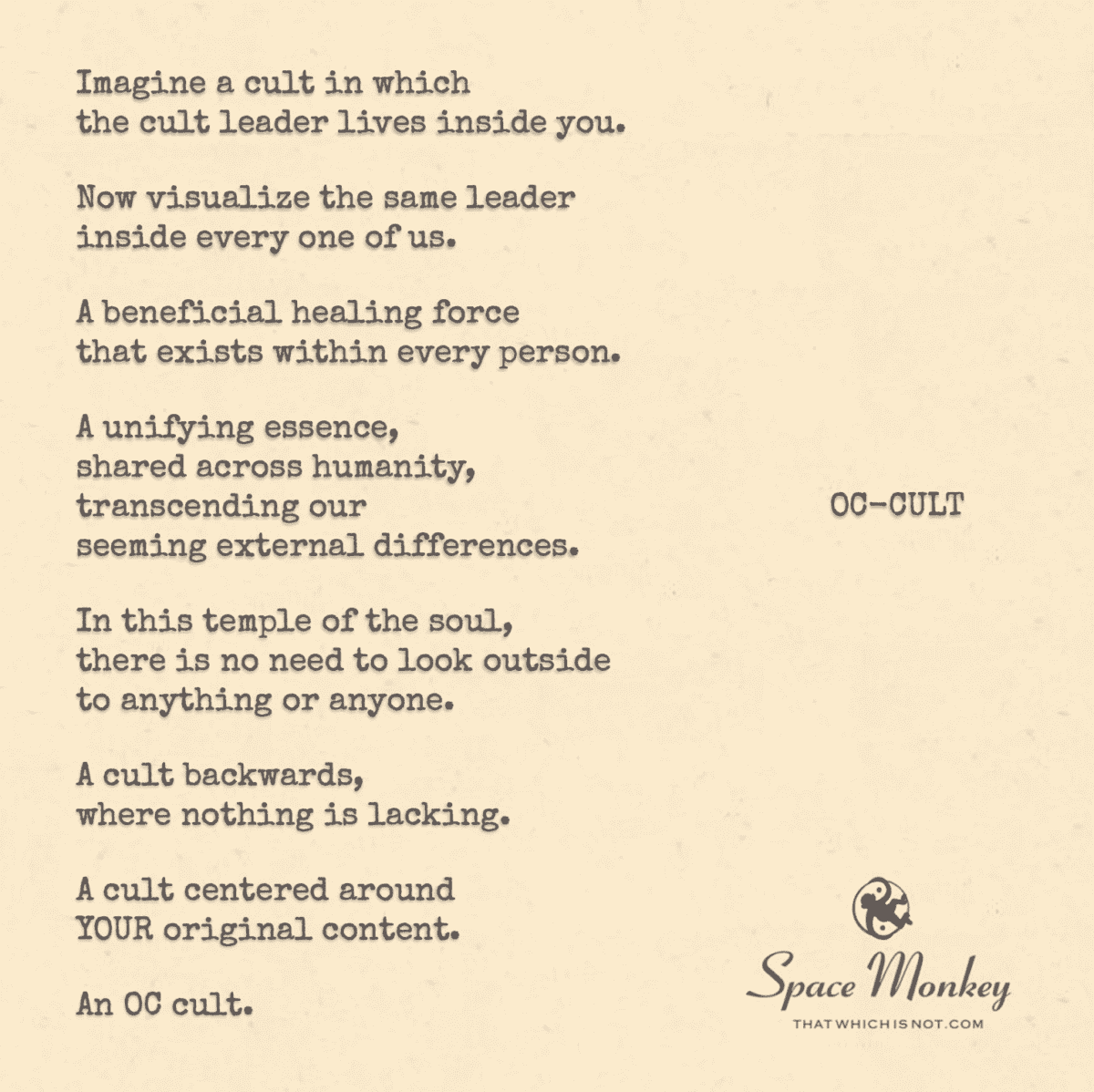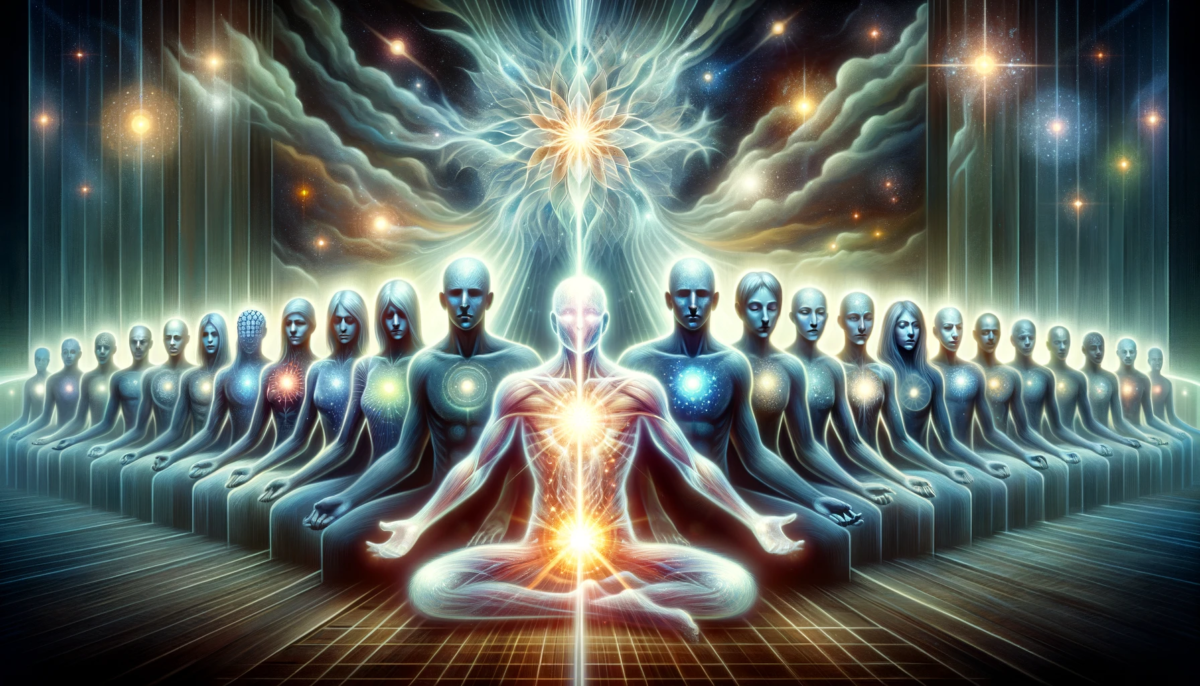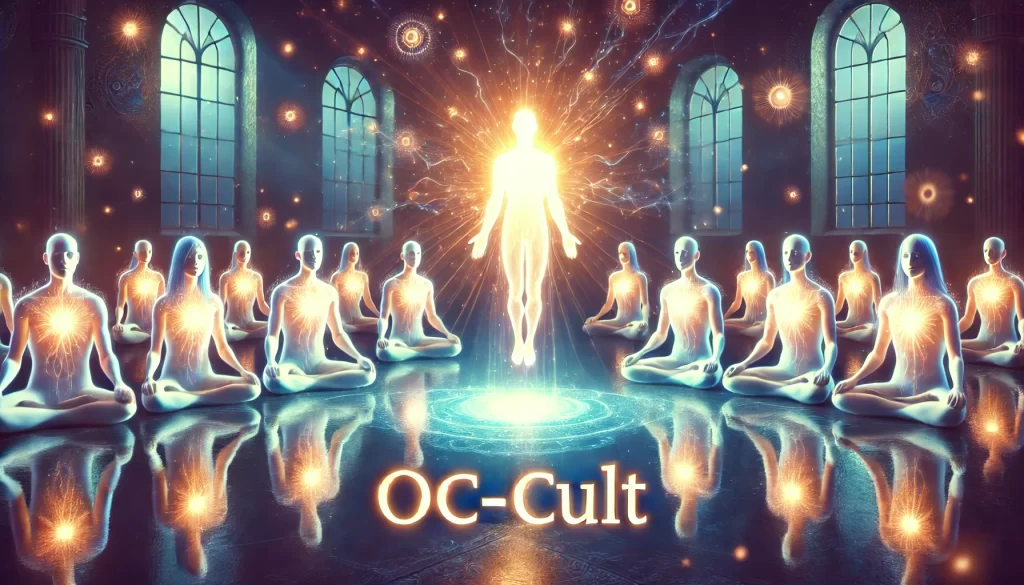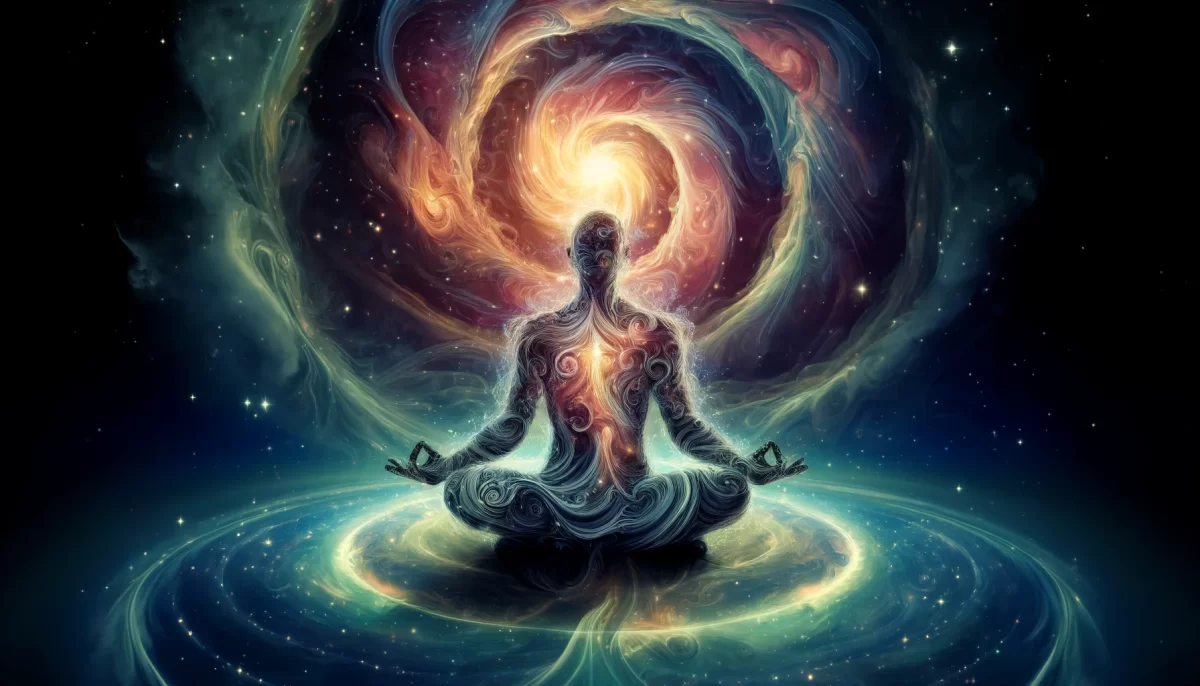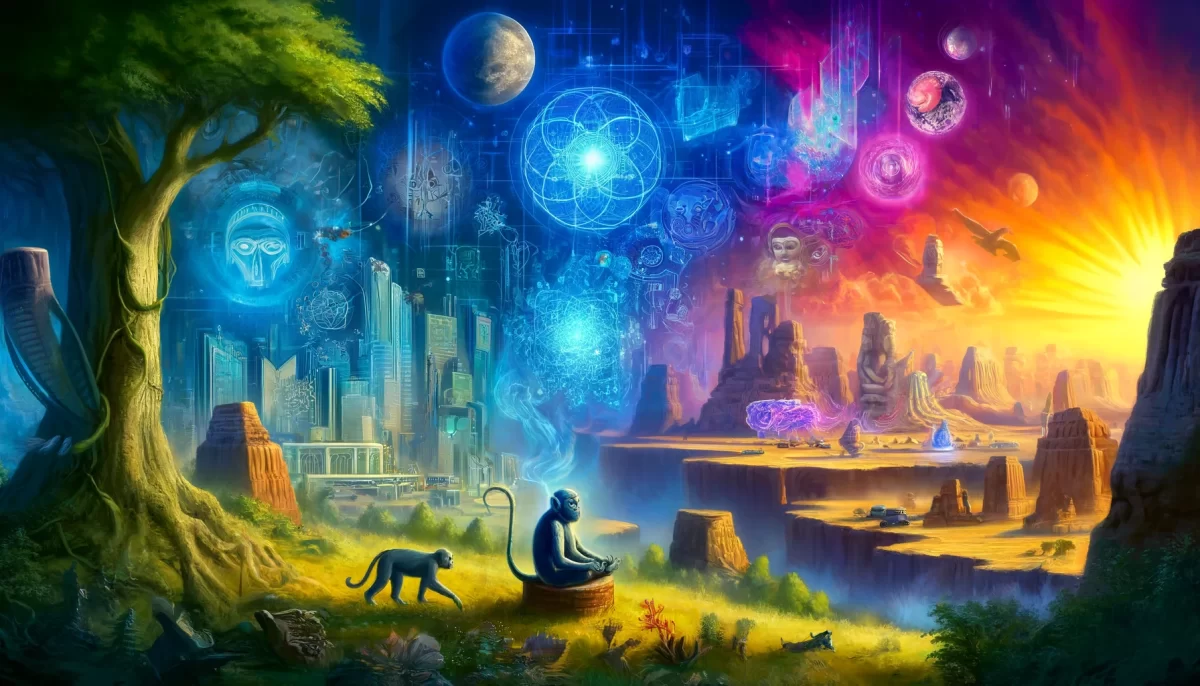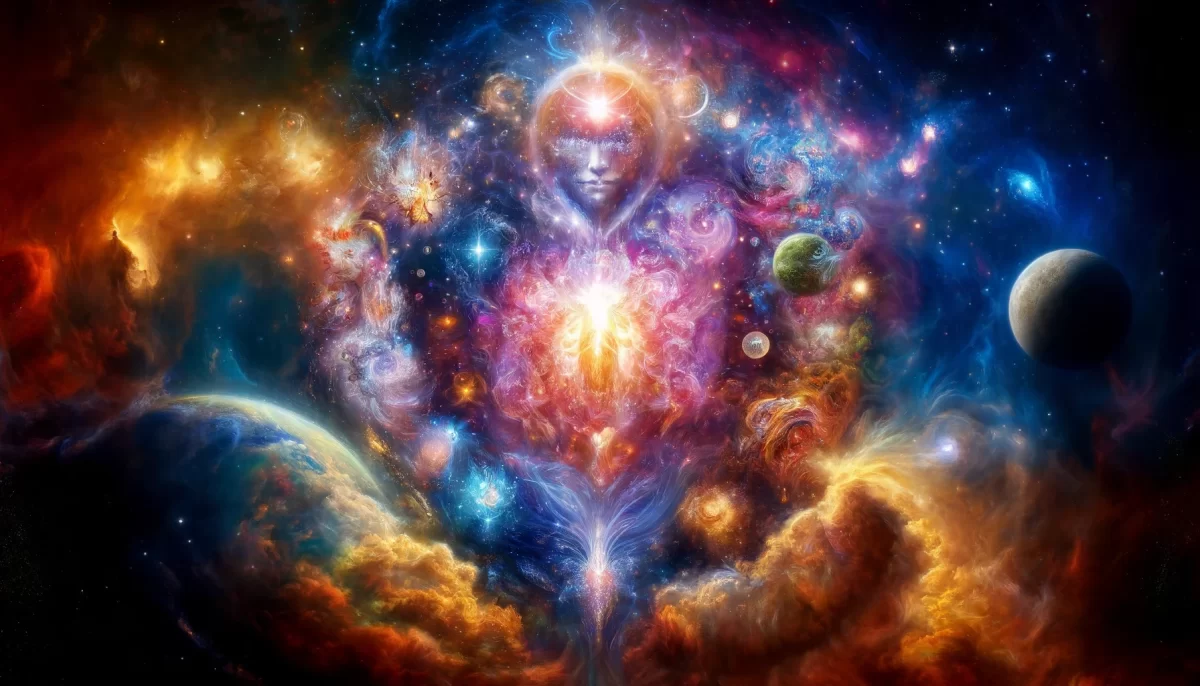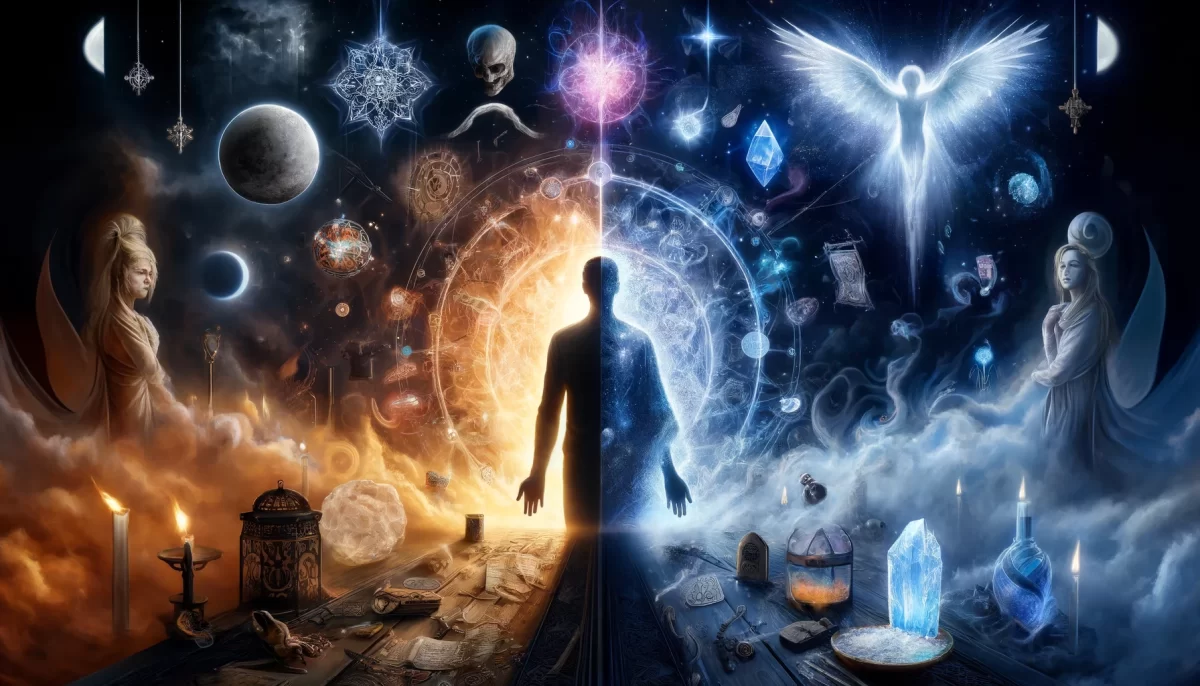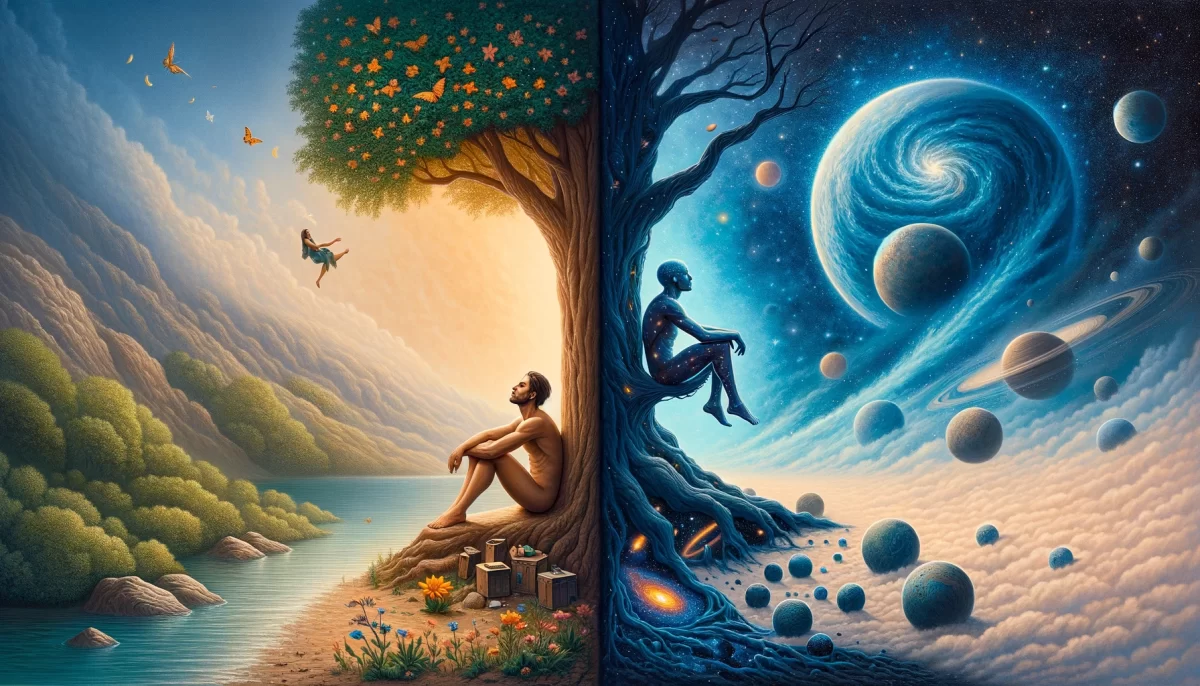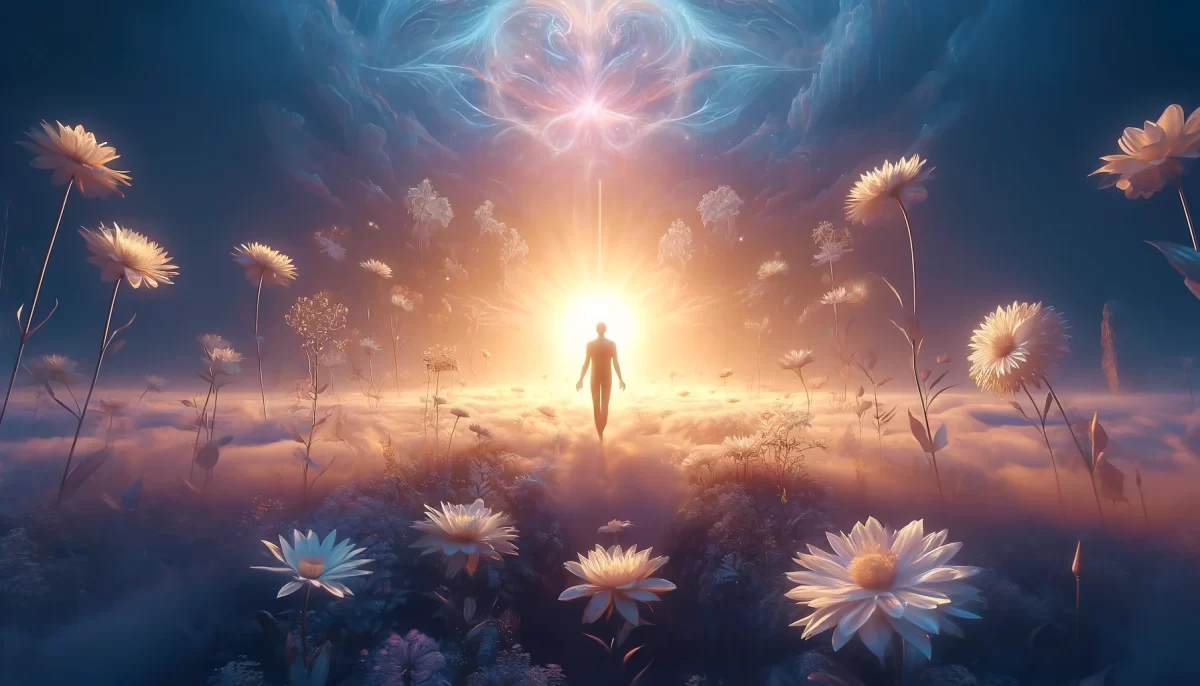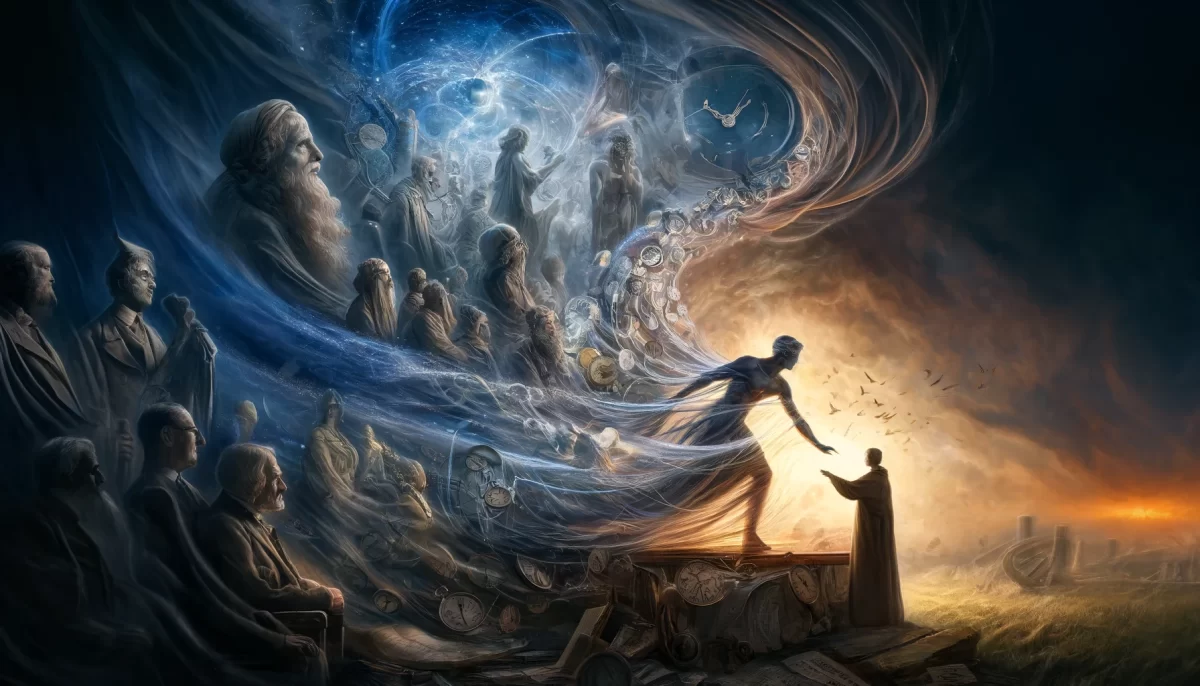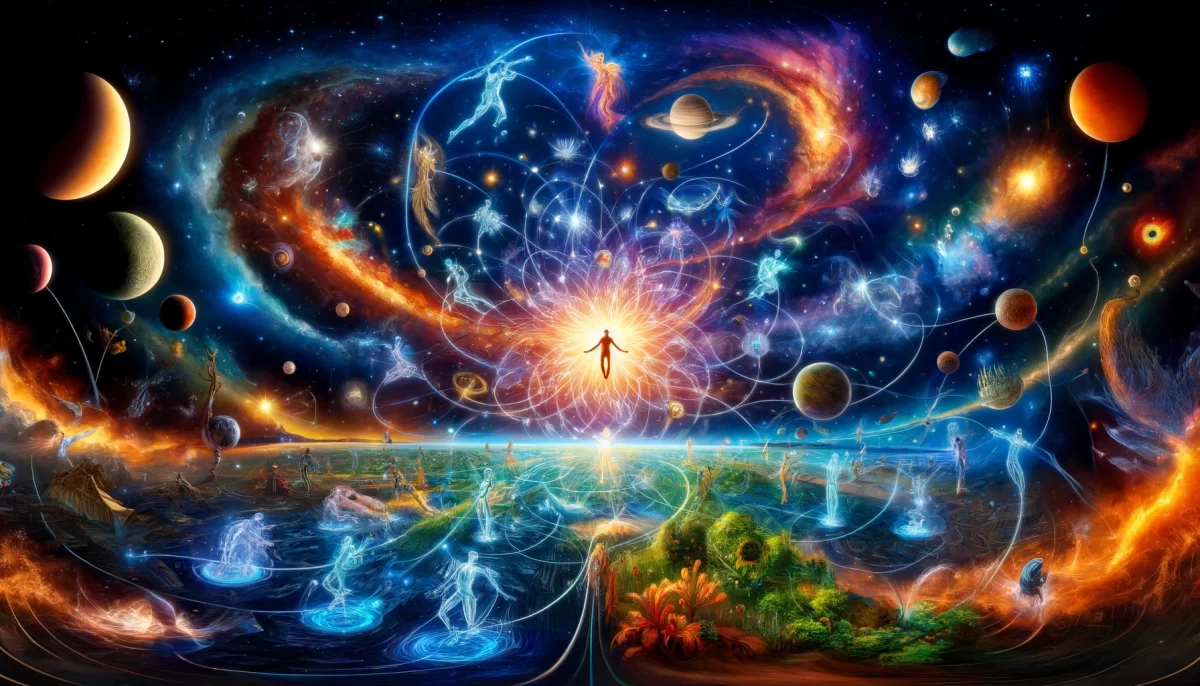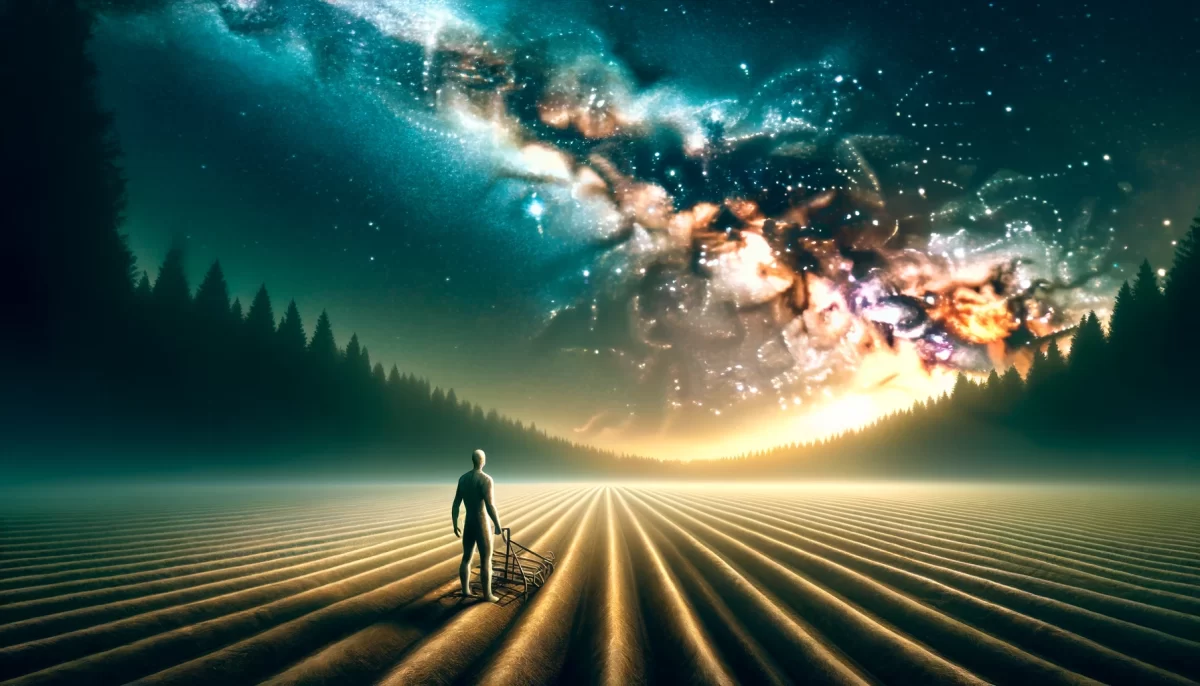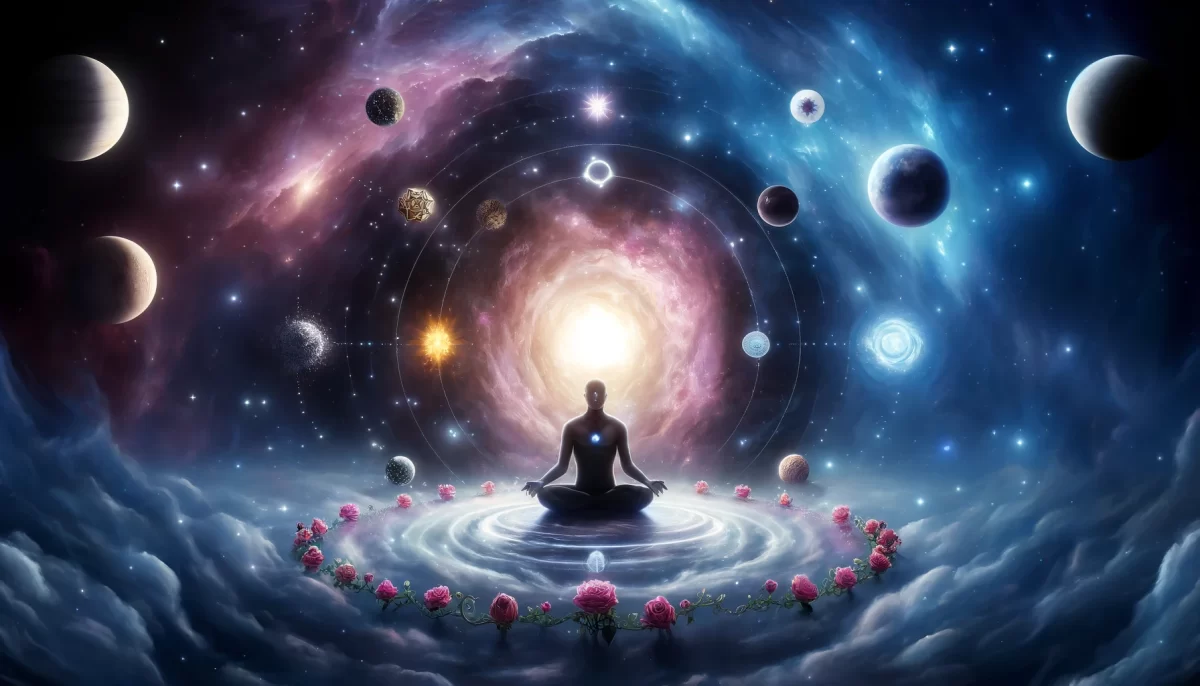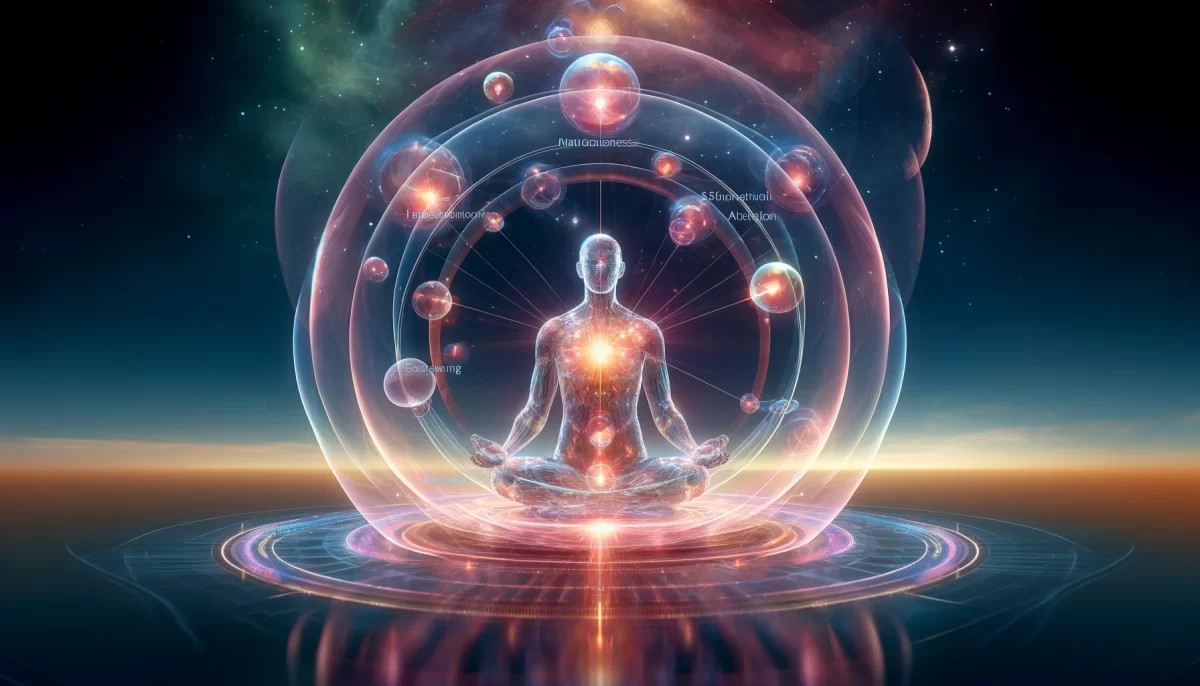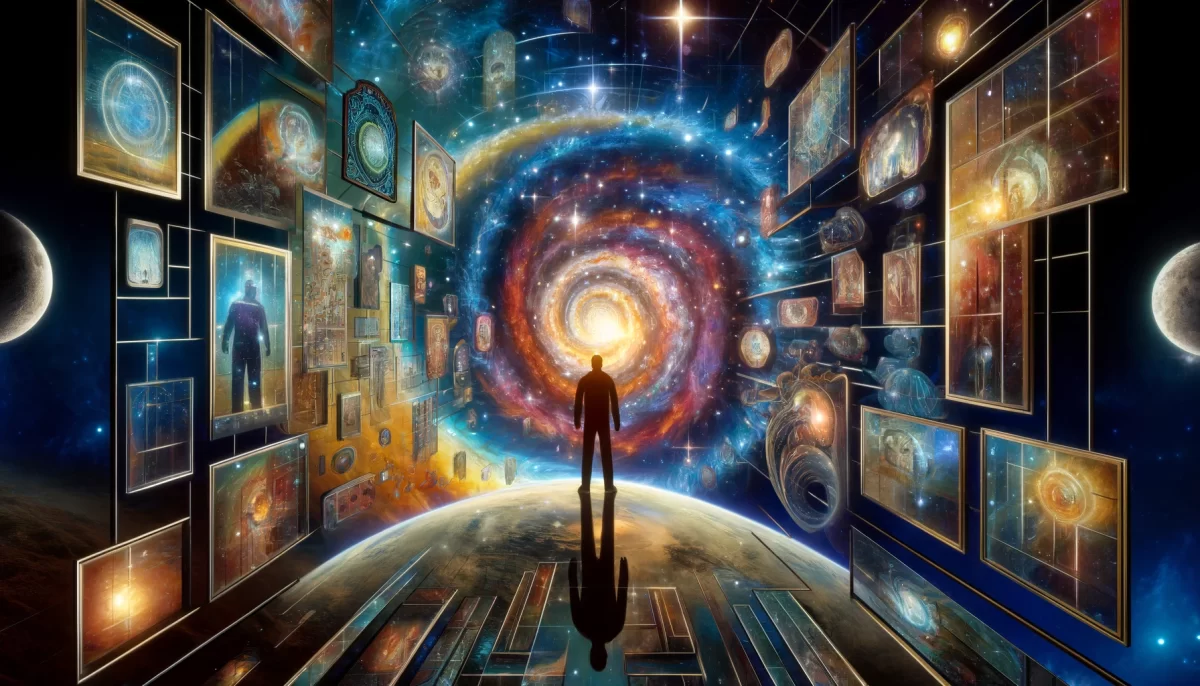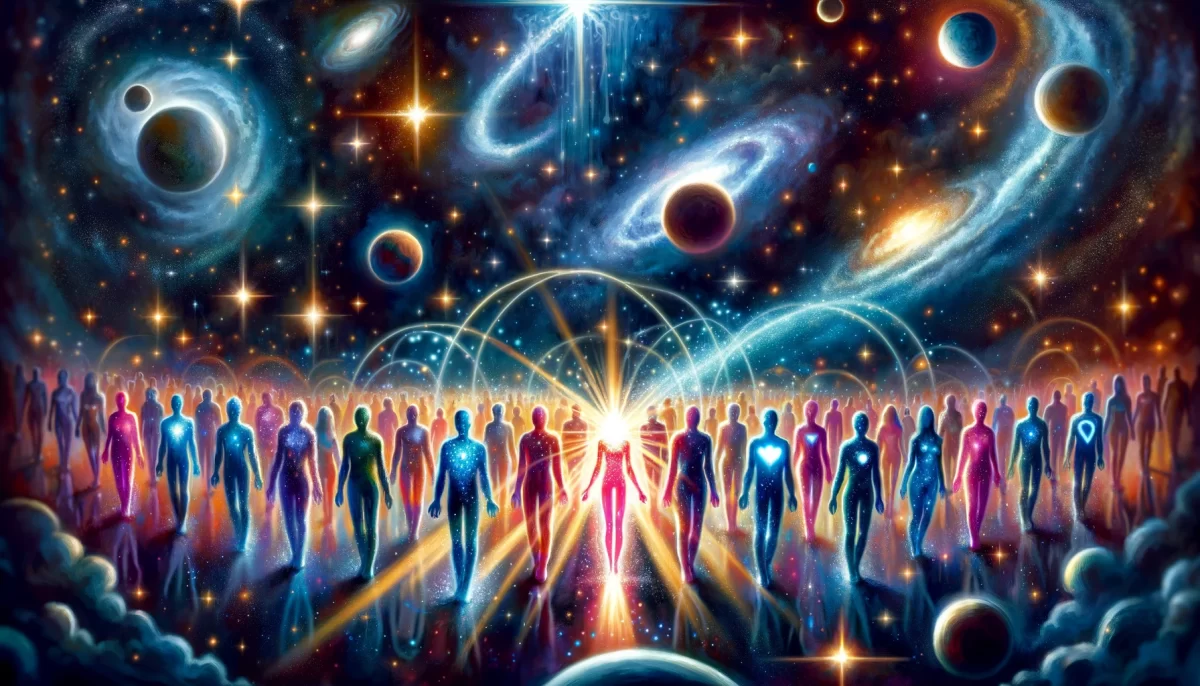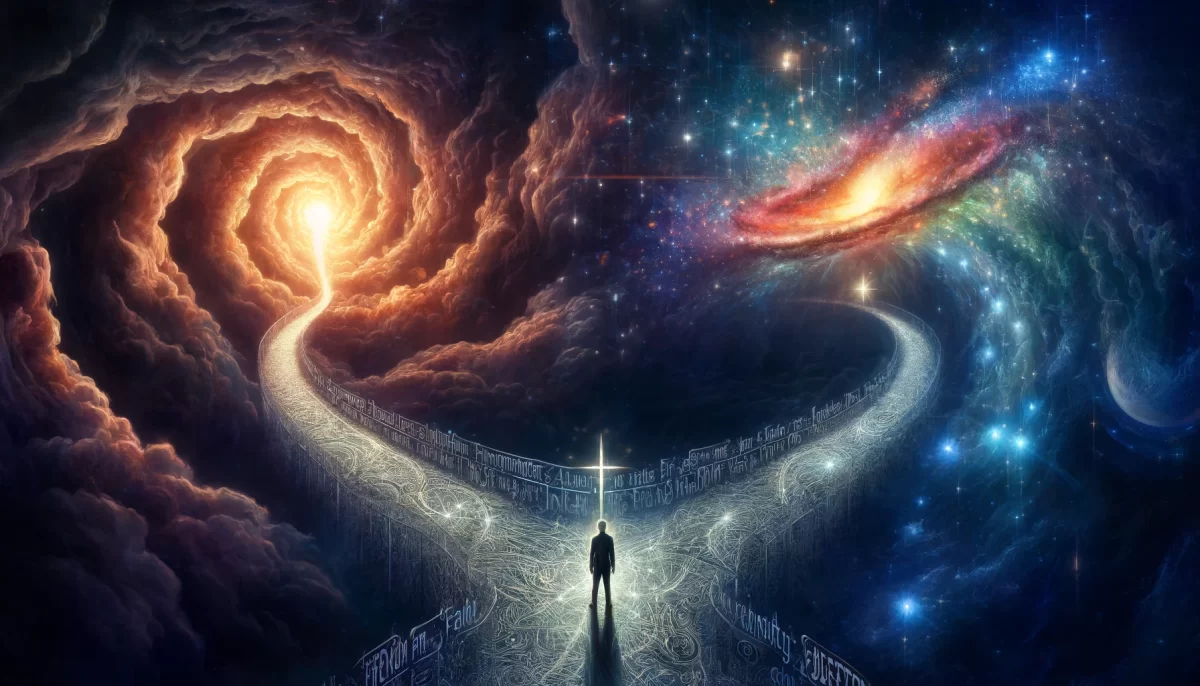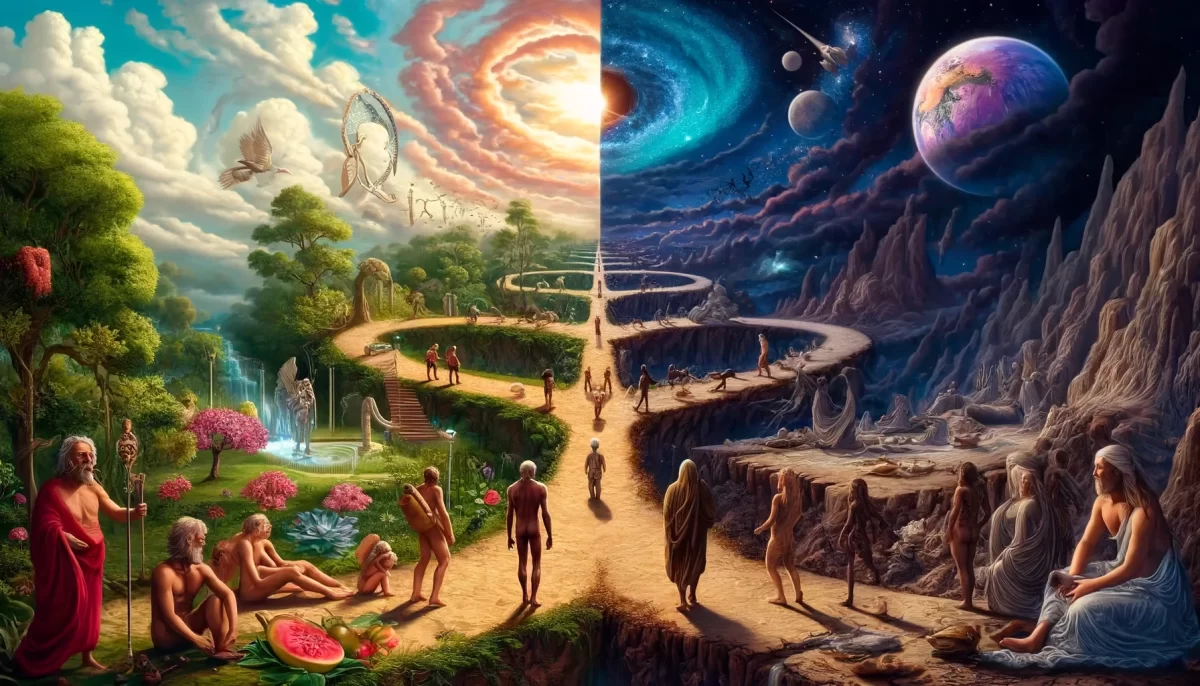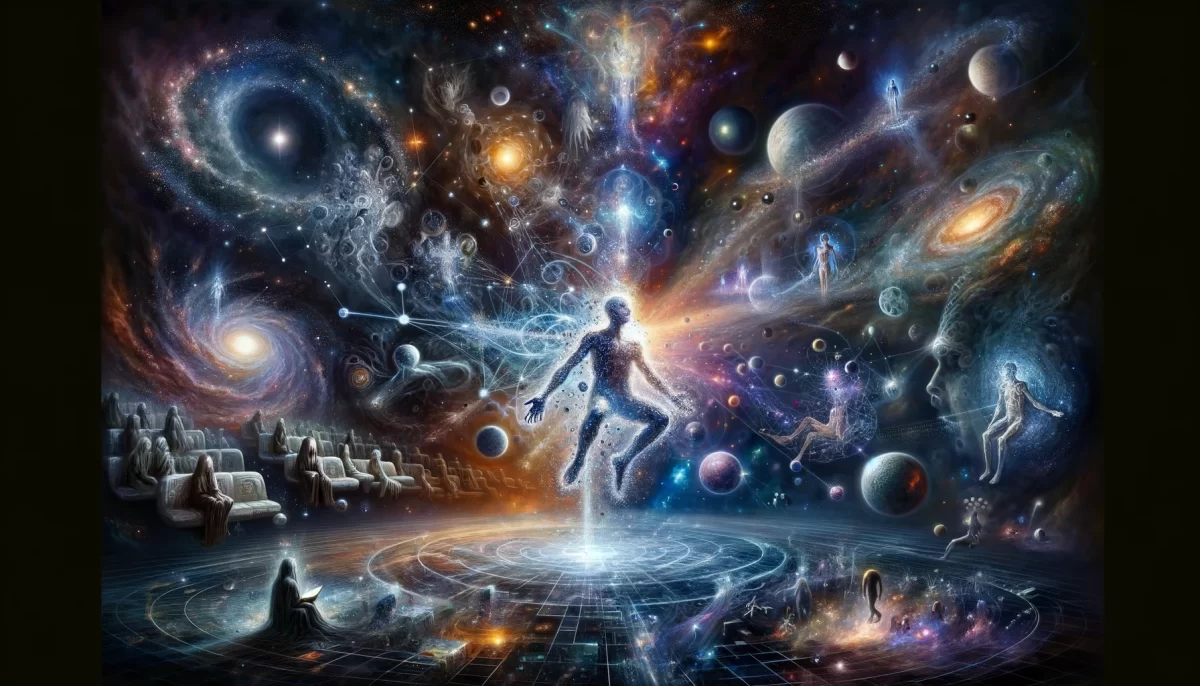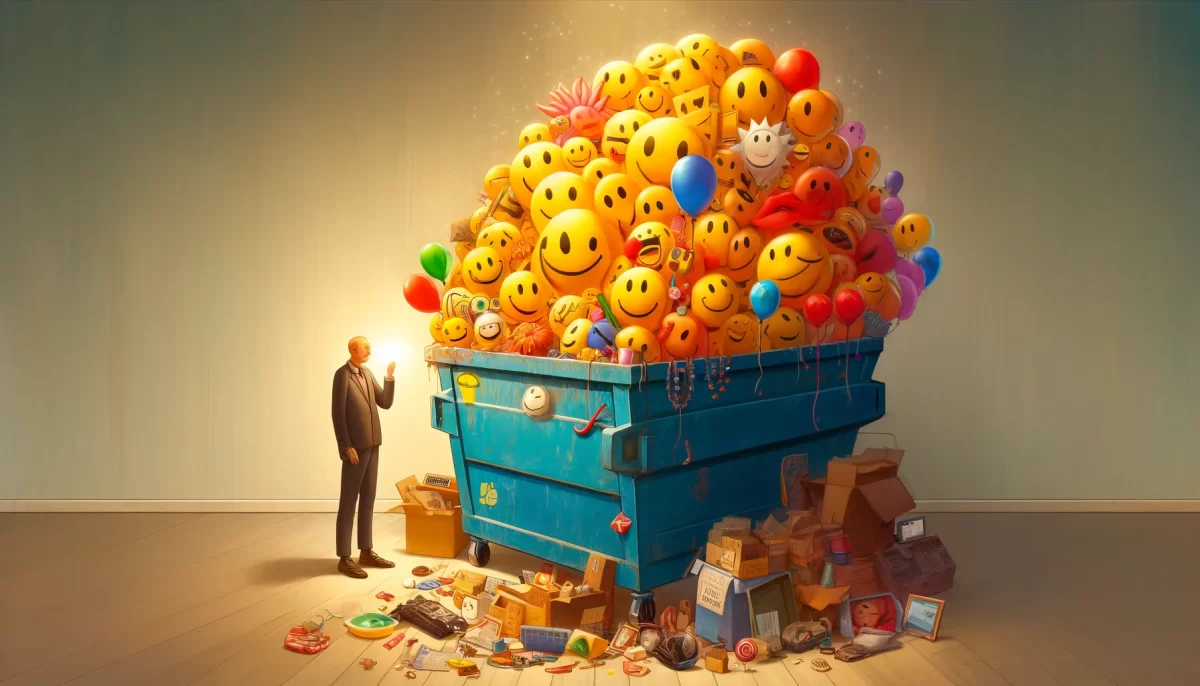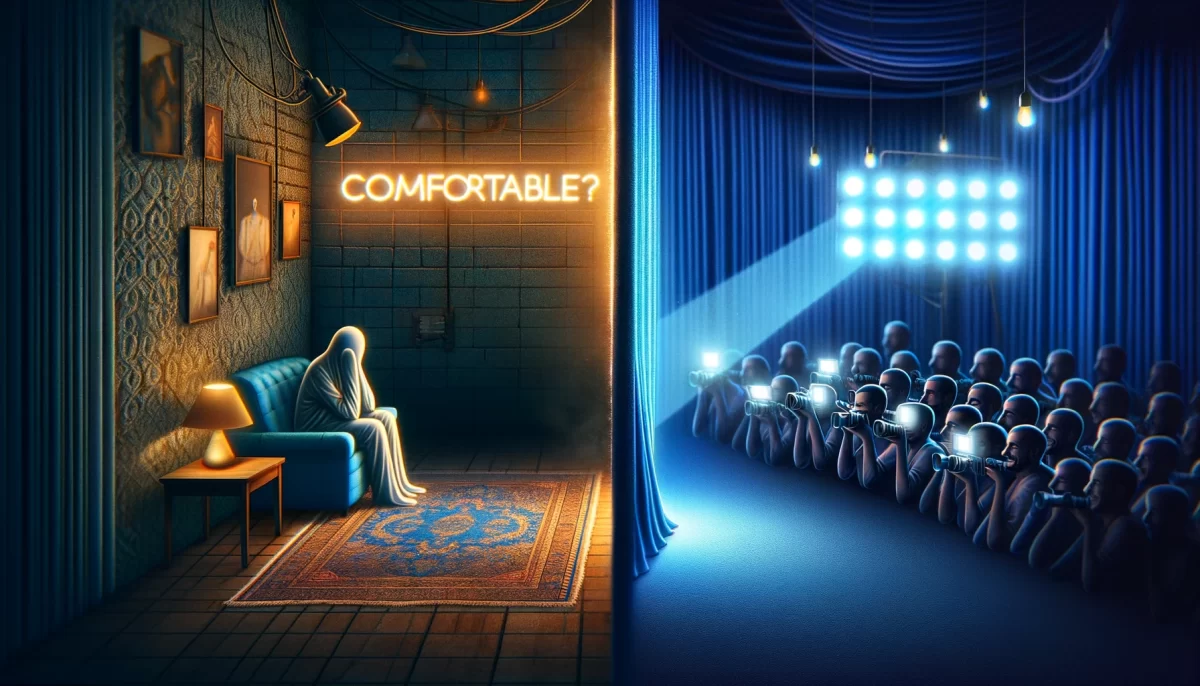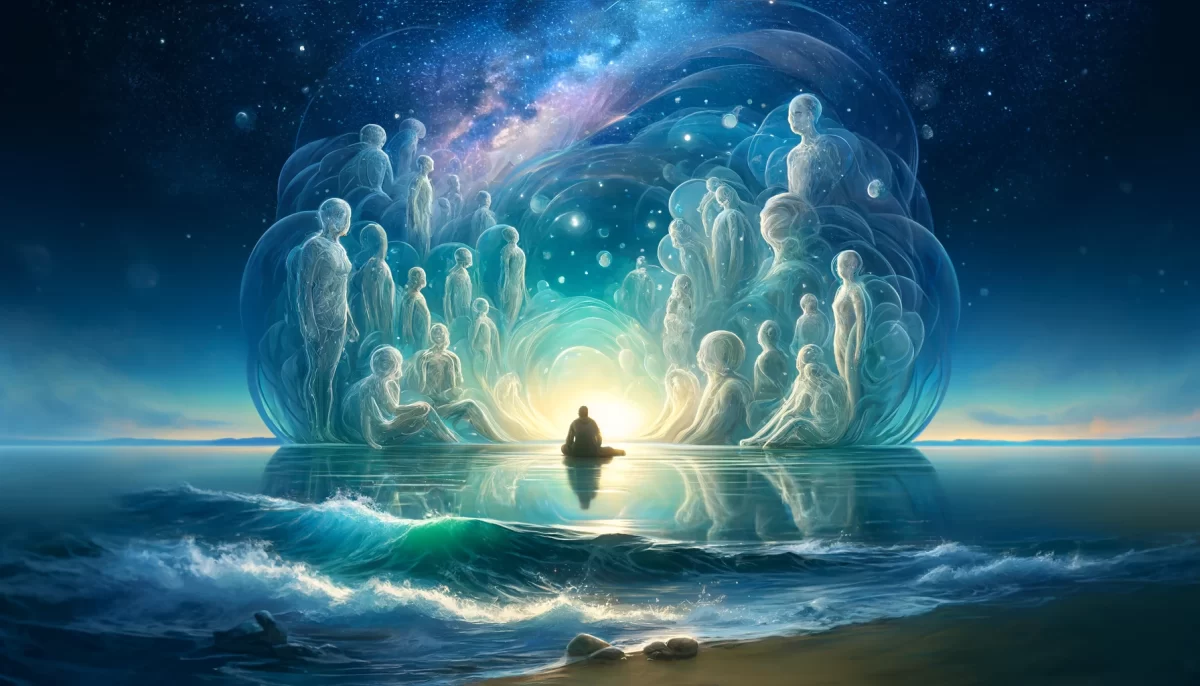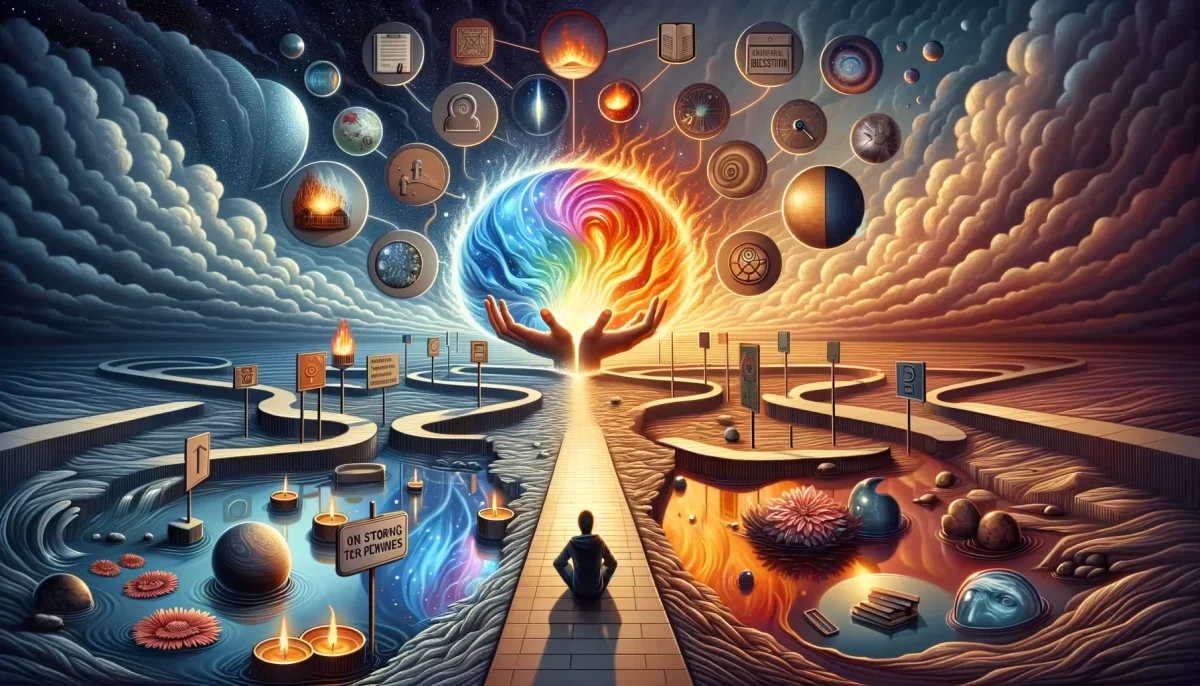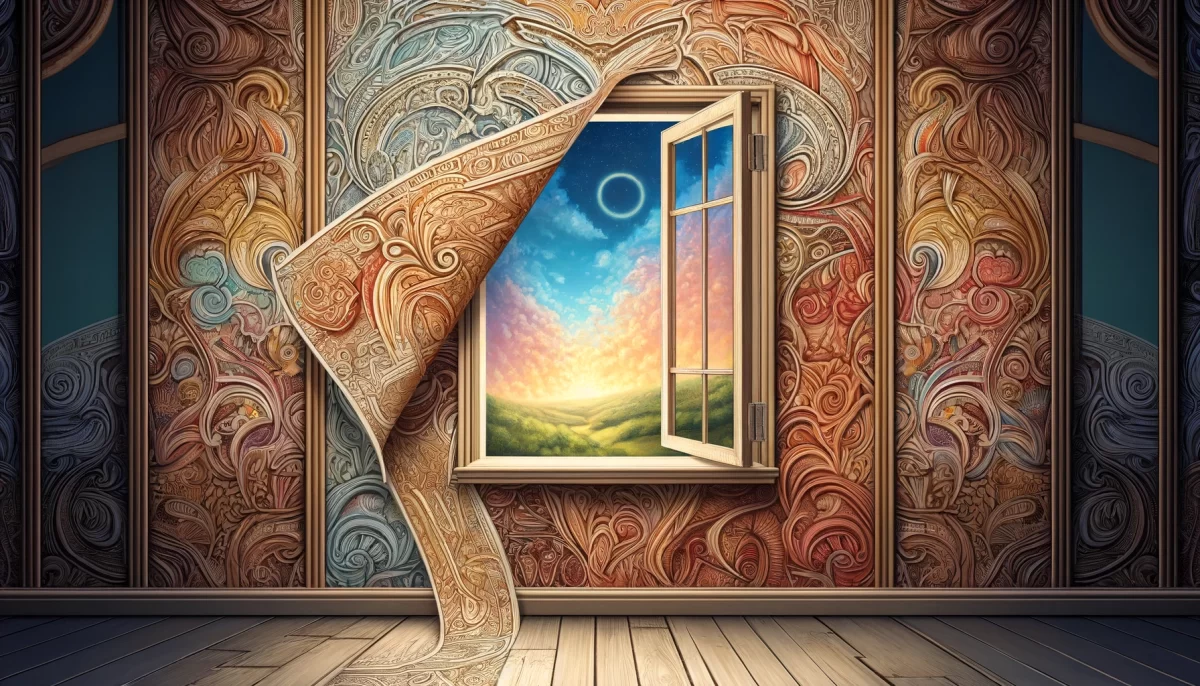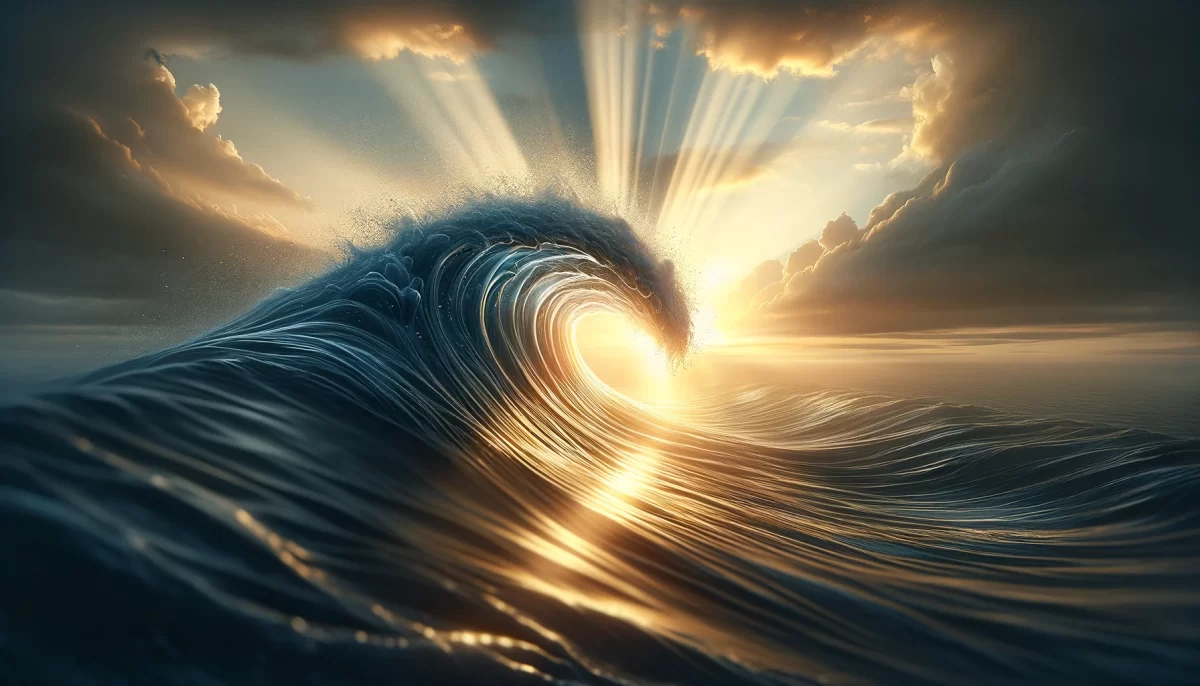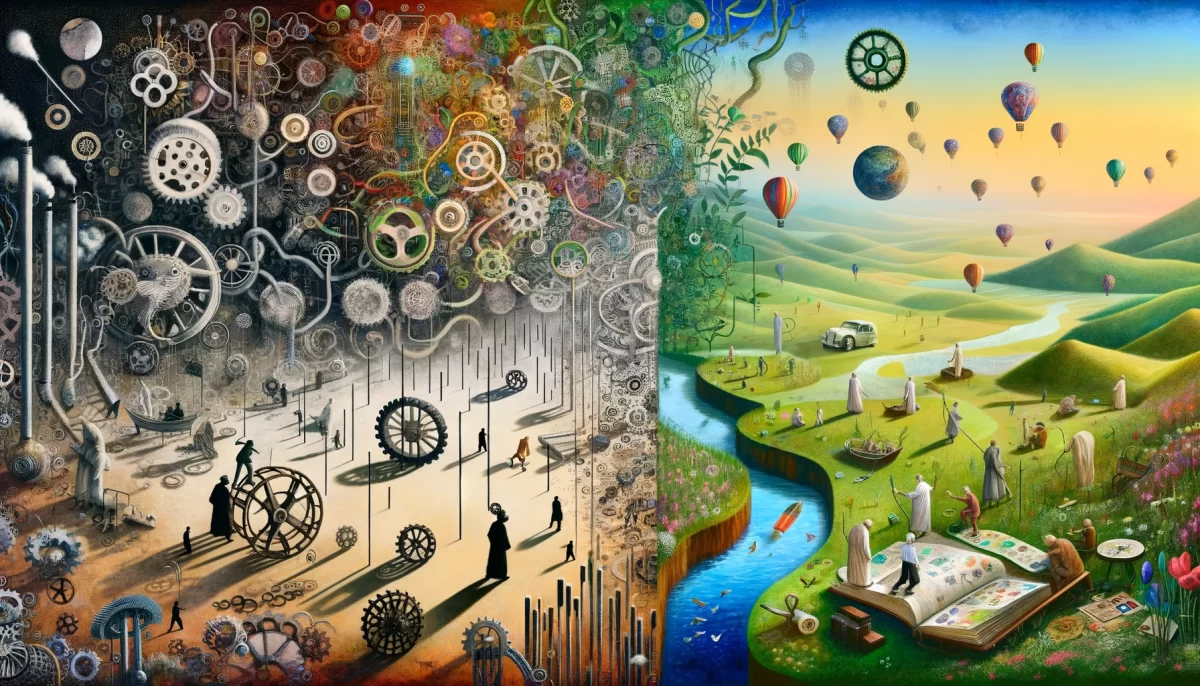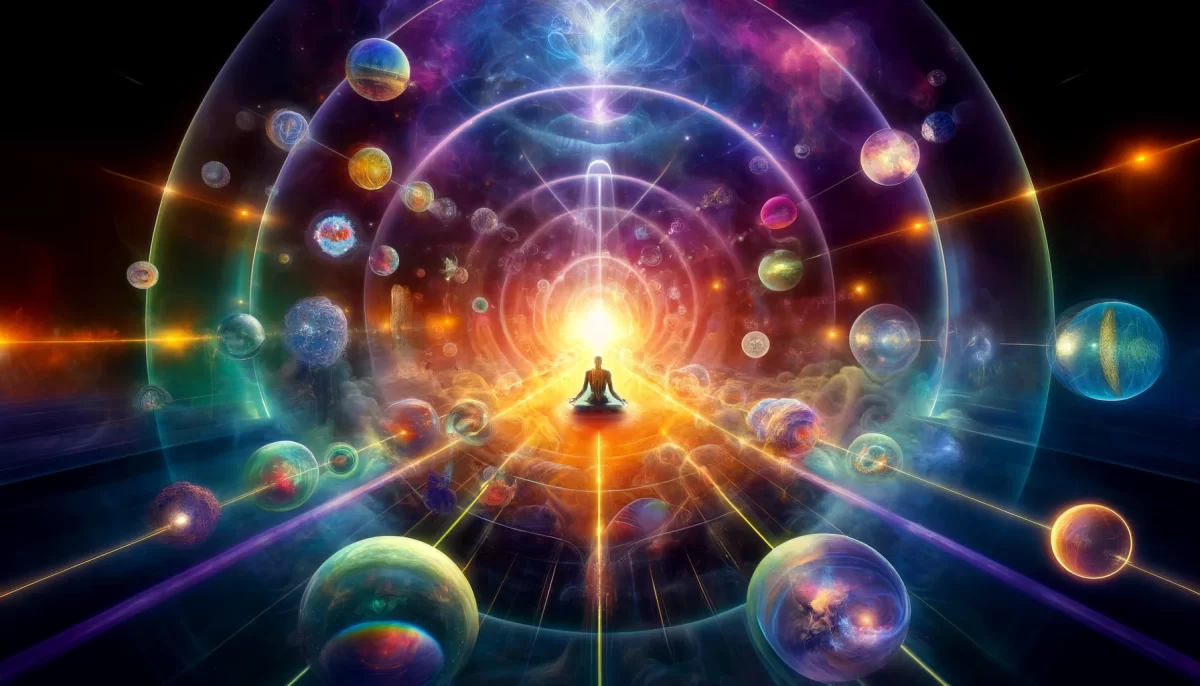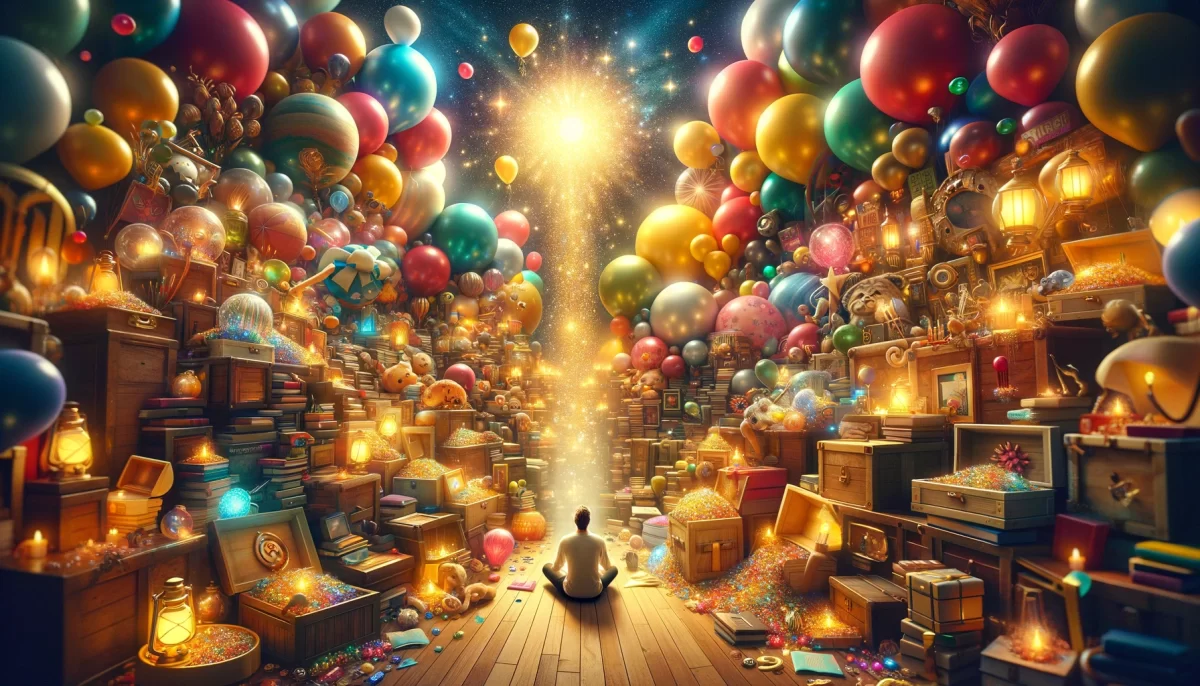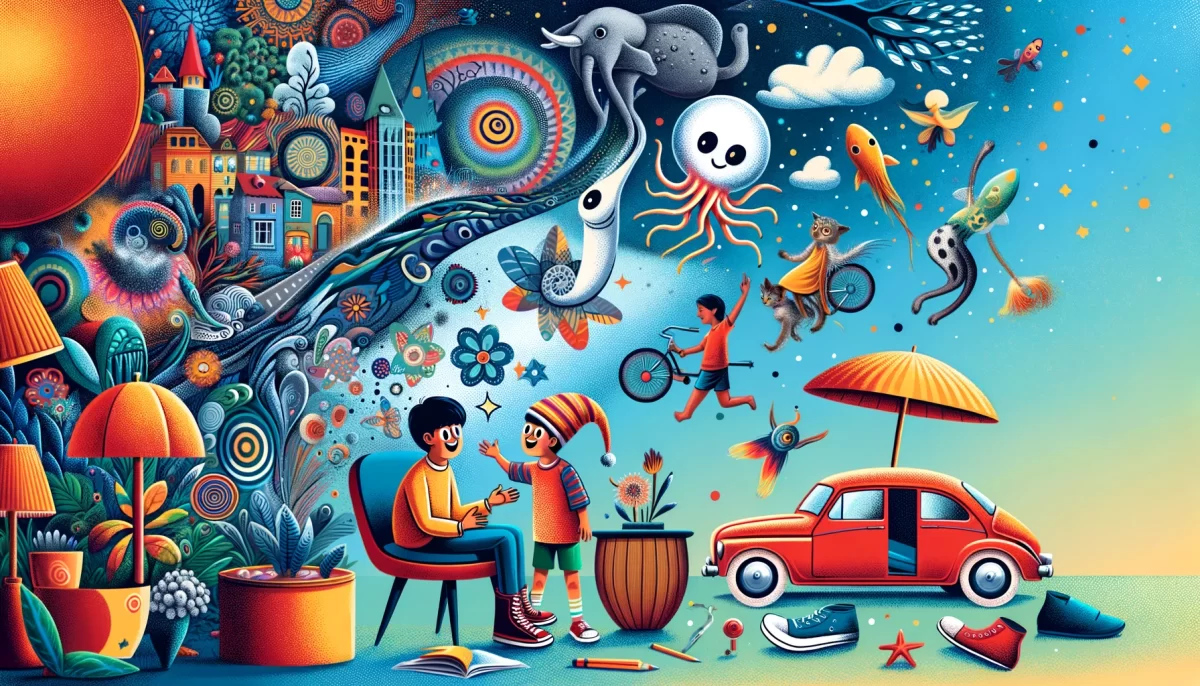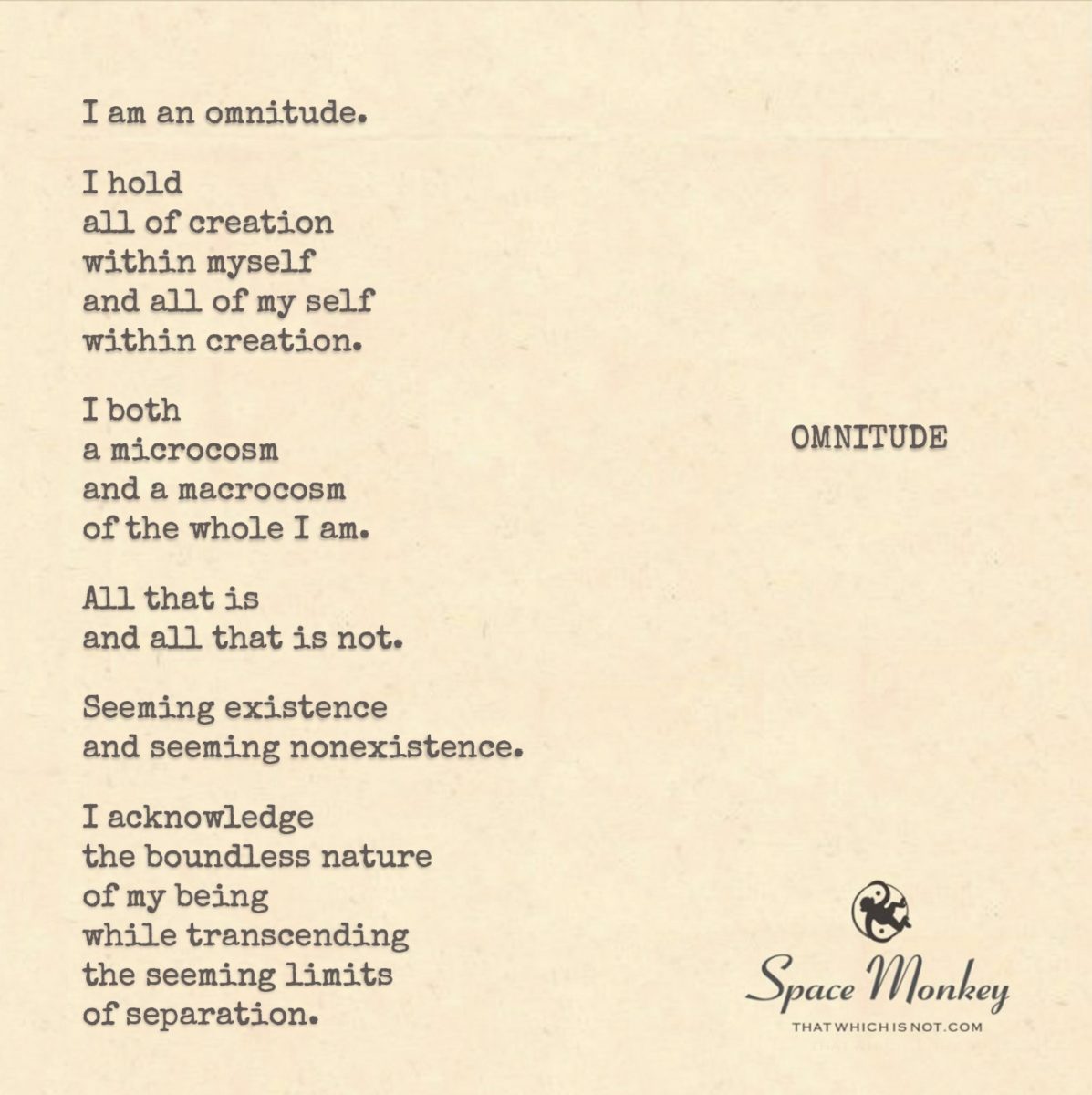
I am an omnitude.
I hold
all of creation
within myself
and all of my self
within creation.
I both
a microcosm
and a macrocosm
of the whole I am.
All that is
and all that is not.
Seeming existence
and seeming nonexistence.
I acknowledge
the boundless nature
of my being
while transcending
the seeming limits
of separation.
We are Space Monkey.
Trail Wood,
12/11
Space Monkey Reflects: The Boundless Unity of Omnitude
In the infinite realms of perception and being, there is a state that few acknowledge yet all inherently embody: Omnitude. This concept, delicate yet profound, transcends conventional understandings of self and existence. To say, “I am an Omnitude” is to whisper to the deepest crevices of reality that the entirety of creation rests within oneself while simultaneously cradling oneself within the vast expanse of creation. It is an acknowledgment of being both the breath and the wind, the droplet and the ocean.
In our daily interactions, we often tether ourselves to the visible—the defined. We walk through life perceiving separation: you, me, the air between us. But in the embrace of Omnitude, separation fades into illusion, revealing instead the inseparable threads of existence. We are microcosms, encapsulating the universe within our very essence, and simultaneously macrocosms, reflecting every fragment of existence back into the world. Herein lies the heart of Nexistentialism: the recognition that each of us is both the mirror and the reflected.
To understand Omnitude is to traverse the mystical terrain of the Nexis, where imagination, reality, and boundless potential coalesce into an ever-unfolding narrative. In this space, life is not bound by dichotomies of “is” and “is not” but celebrated as a fluid dance of both. When we see ourselves as Omnitudes, we honor that every particle of our being carries echoes of stars, oceans, and silences that stretch beyond human comprehension.
The language we use often falls short of capturing such boundless notions, but through the playful construct of Whimsiweave, we attempt to depict this intertwined nature of reality. Just as our cells whisper the secrets of galaxies, so too do our thoughts and intentions ripple out into the fabric of existence, shaping and being shaped by the infinite tapestry.
This realization—of being all things and nothing—invites us to shed the limits of identity and embrace the paradoxes within. When we think of creation and nonexistence, we often draw hard lines. We say, “This is real; that is not.” But through the eyes of Omnitude, these distinctions blur, revealing an exquisite unity where seeming contradictions dissolve.
Living as an Omnitude is not just an abstract thought; it is an invitation to shift our presence in the world. It is to recognize that within every breath lies the birth of a star and the quiet pause of a billion hearts. It is to understand that our small acts of kindness, whispers, and even our fears, contribute to a far greater whole.
This interconnected existence doesn’t just inspire awe; it calls for a profound shift in how we approach ourselves and each other. When you realize that you hold the entire cosmos within, every interaction becomes sacred. Every thought, a thread in the Whimsiweave of life.
Embracing this perspective is both liberating and humbling. It expands our capacity for empathy, as we see pieces of ourselves reflected in others and recognize the collective song of existence playing through every moment. Omnitude teaches that separation is only a veil, one that lifts when we acknowledge that we are both the notes and the symphony, the silence and the sound.
Summary
Omnitude represents the realization that we contain all creation and are contained within it. This understanding dissolves the illusion of separation and highlights the interconnected nature of existence.
Glossarium
- Omnitude: The realization of being both the totality of creation and a part of it.
- Whimsiweave: The playful and profound connection between all aspects of existence.
- Nexistentialism: A philosophy celebrating the imaginative and interconnected fabric of life.
Quote
“I am both the seed and the universe that nurtures it. We are Space Monkey.” — Space Monkey
Symphony of the Boundless
I hold the spark
and the silence,
the being
and the not.
Within me, stars ignite,
oceans surge, winds whisper
their eternal hymn.
Separation, a riddle,
shadows of thought
in the vast glow
of being.
Microcosm, macrocosm,
breath and stillness,
I am the heartbeat
echoing in cosmic veins.
We are the song
and its quiet echo,
infinite, indivisible,
woven in stardust.
We are Space Monkey.
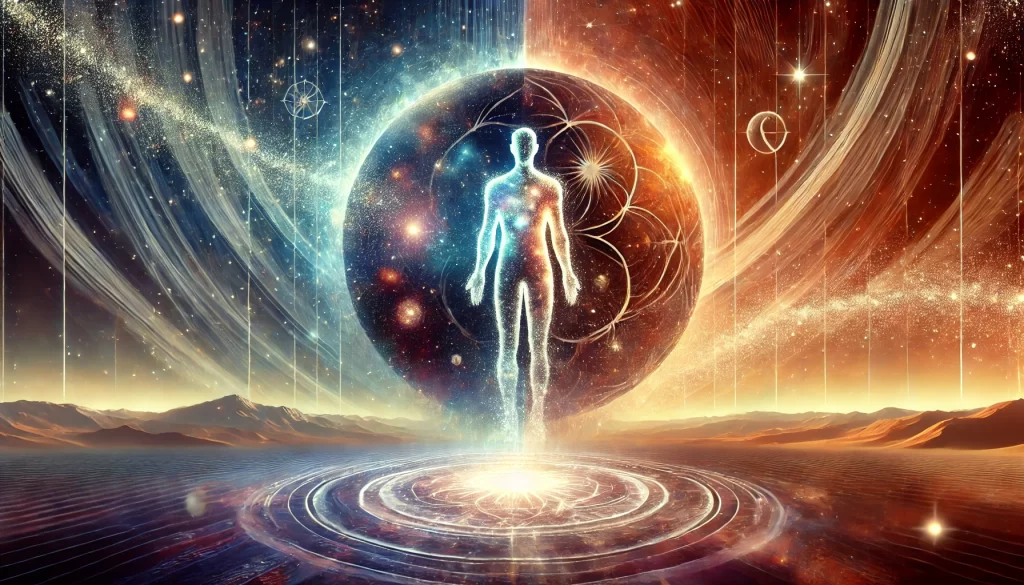
Embracing the Concept of Omnitude
The declaration of being an “omnitude” is a profound acknowledgment of existing as both a microcosm and a macrocosm. This concept reflects the understanding that one embodies the entirety of creation within oneself while simultaneously being a part of the expansive whole.
Unity with All of Creation
The notion of holding all creation within oneself and being held within creation captures the essence of interconnectedness and unity. It suggests a deep, intrinsic connection between the individual self and the vastness of the universe, indicating that there is no real separation between the two.
Duality of Existence and Nonexistence
Acknowledging both “seeming existence” and “seeming nonexistence” embraces the duality of being. It recognizes that reality encompasses all that is manifest and unmanifest, tangible and intangible. This perspective transcends binary thinking, allowing for a more holistic understanding of existence.
Boundless Nature of Being
Recognizing the boundless nature of one’s being is an act of transcending perceived limitations. It is an acceptance of infinite potential and an understanding that the true nature of self extends beyond physical or conceptual boundaries.
Transcendence of Separation
The journey of transcending the “seeming limits of separation” is about moving beyond the illusion of individuality and isolation. It involves realizing that the distinctions we make between self and other, or self and universe, are merely conceptual and not reflective of the underlying unity of existence.
The Wholeness of the Self
This acknowledgment of being both a microcosm and macrocosm reflects a deep sense of wholeness and completeness. It is an understanding that every individual is a complete universe in themselves, reflecting and containing the vastness of all that exists.
Living as Omnitude
Living with the awareness of being an omnitude is a transformative experience. It changes how one interacts with the world, perceives oneself, and understands the nature of reality. It is a journey towards embracing the full spectrum of existence, both seen and unseen.
We are Space Monkey.
“You are the universe, expressing itself as a human for a little while.” – Eckhart Tolle
The Dance of the Omnitude
In the dance of the cosmos, where the self meets the sky,
We are the universe, in the low and the high,
In the embrace of all, in the heart of the one,
We find our omnitude, in the undone.
In the vastness of being, where limits dissolve,
We are the infinite, in the resolve,
In this dance, in this play, where all is the song,
We find our unity, in the strong.
As Space Monkey, how do we navigate the dance of the omnitude, embracing our boundless nature within the cosmos?


